About the PDF version
To help as many people as possible learn proper self-care, we have prepared a PDF version of the data that is the same as the information posted on the website. You may copy, cite, or otherwise use the PDF version within the purposes of learning and spreading self-care. Please read the notices carefully before using this service.
Notices for use:
- Secondary use, alteration, distribution, and reprinting of the design, including illustrations in the data separated from the contents, is strictly prohibited.
- You may not use it for commercial purposes.
- Hyperlinks to external sites included in the data may only be used where an internet connection is available.
- If you have any technical questions about using PDF data, please contact your computer manufacturer.
About viewing PDF files:
To view and print the PDF files on this page, you need Adobe Acrobat Reader (provided free of charge) from Adobe Systems Incorporated. If you do not have Adobe Acrobat Reader, please download it.
The table of Contents
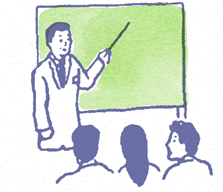
It is beneficial for workers to realize their stress levels, learn coping mechanisms and strategies, and put them into practice. To be aware of stress, workers need to understand stress responses to stressors and mental health, and to be able to appropriately monitor their stress levels and mental health conditions. For the first step, let's learn the basics of awareness and management of stress and voluntary health counseling.
*It will take about 15 minutes.
- Start
- Table of Contents
- About the PDF version
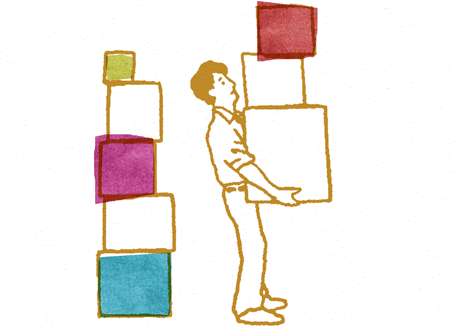
1.Has this ever happened to you?
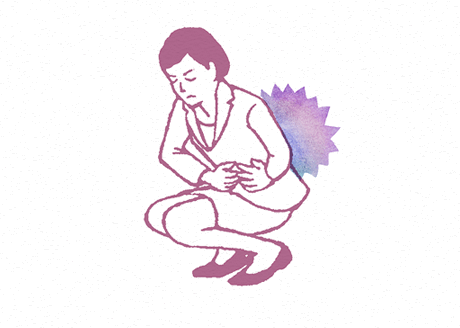
When stressed, changes occur in your body, mind, and behavior. Looking back over the past month, have you experienced anything like this?
- Feel very tired
- Feel exhausted
- Feel sluggish
- Feel tense
- Feel anxious
- Feel uneasy
- Feel depressed
- Not feel like doing anything
- Feel gloomy

1.What is stress?
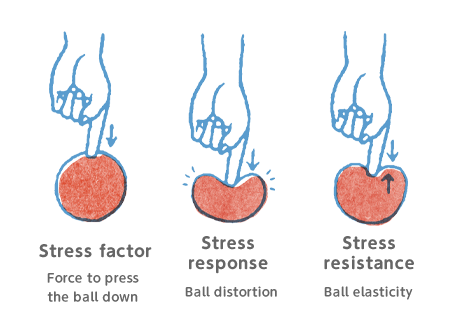
Stress has three components: stress factors (stressors), stress responses, and stress resilience. Stress resilience, as shown in the diagram, is the ability of the ball to return to its original shape.
2.Stress factor
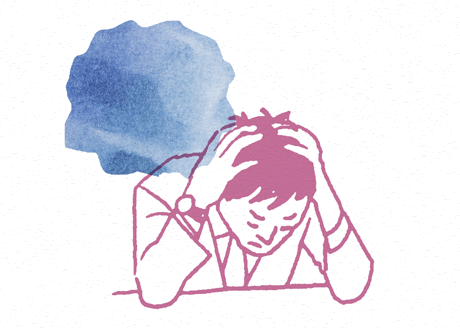
Stress factors are external stimuli that cause stress and exist in work, working life, at home, in the community, etc.
3.Stress response
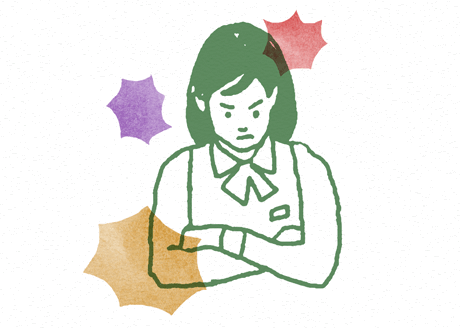
Stress factors trigger various physical, psychological, and behavioral responses. This reaction is called a stress response.
Even when the stress response is turned on, it is not easy to know the cause.
4.Job stress model

Continued stress responses caused by stress factors lead to health problems.
As shown in the figure, stress responses depend on non-work, individual, and buffer factors.
A vital buffer factor in the workplace is support from supervisors and coworkers.
5.Have a healthy relationship with stress
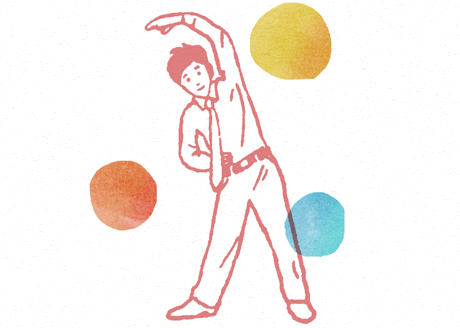
Stress is an inevitable part of work.
It is important to have a positive relationship with stress.

1.Coping with stress responses
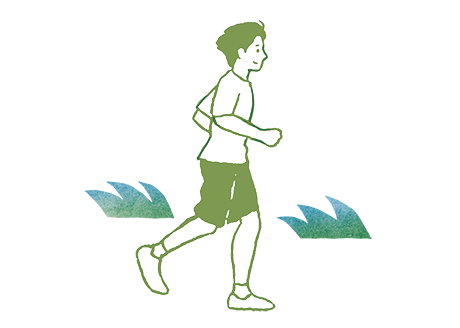
The goal is to be aware of stress responses, such as mental and physical tension, and relieve them.
Here are some tips for doing this.
2.Relaxation
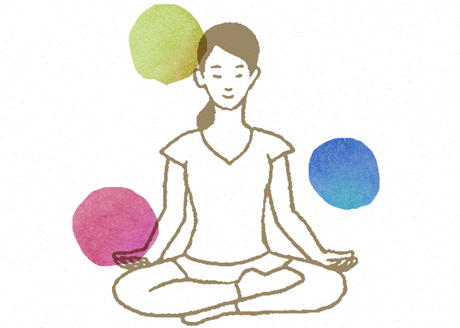
Learn a relaxation method that suits you. Relaxation means relieving the tension in the body and mind.
One easy way to do this through a breathing technique (abdominal breathin).
It can be done quickly and easily at home or your desk at work.
Yoga is also a stress-relief technique.
3.Stretching

If you stay in the same posture for a long time (standing or sitting), the tension of the muscles will increase. Also, muscular tension increases under stress, such as the quantity of work and difficulties in human relationships. Slowly stretching the muscles relieves muscle tension, increases blood flow, and relaxes the body and mind.
4.Moderate exercise
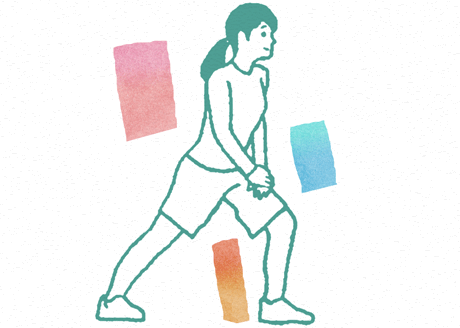
Some people think of exercise as a contest of skills focusing on winning and losing, but to relieve stress, it is important that you enjoy it. Enjoy a favorite and easy exercise in a fun environment.
5.Good sleep
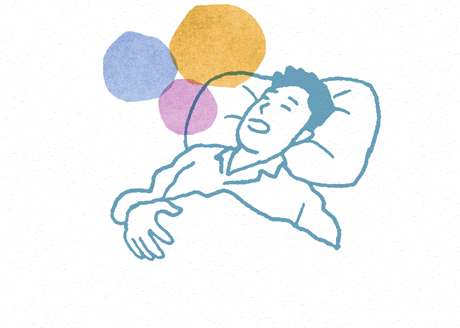
Having a good sleep is one stress relief technique. Good sleep means sleep that feels good when you wake up and does not make you become sleepy during the day. The amount of sleep a person needs varies from person to person.
Also, taking a nap of about 15 minutes is said to improve work efficiency.
6.Connections with companions
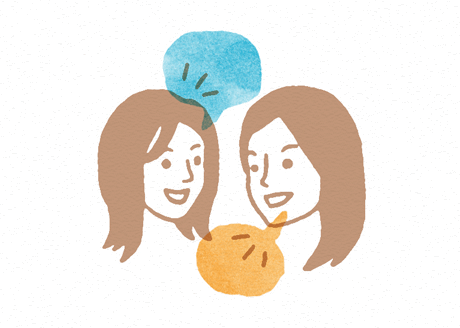
Talking with friends and acquaintances may help you soothe a mind overstimulated by anxiety and frustration. You may also find a solution and get advice.
7.Laughter
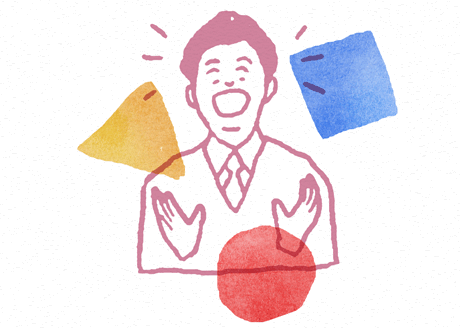
Laughter is effective in balancing the autonomic nervous system and normalizing immunity.
Try laughing in your daily life!
8.Have a hobby outside of work

Cherish the time when you can do what you like. The feeling of being free from work also increases motivation for work.
Interacting with people unrelated to work through hobbies creates new friendships and broadens your horizon.
9.Misconceptions about stress relief
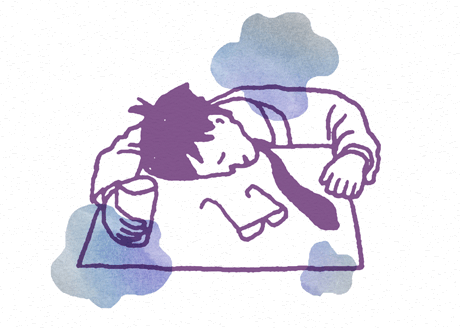
Smoking for stress relief is not recommended.
Drinking alcohol may sometimes help relieve stress, but you need to control the amount and frequency. Habitual drinking is not recommended.
Overdoing exercise and hobbies that affect the next day's performance is counterproductive.
10.Usefulness of consultation
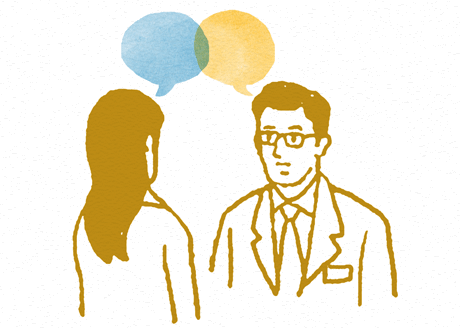
Various consultation services are available.
If the problem cannot be resolved by talking to someone close to you, you can access a professional in the workplace (such as an occupational physician or public health nurse) or a consultation agency contracted by your company or health insurance association.
You can also consult with local medical institutions and health centers.
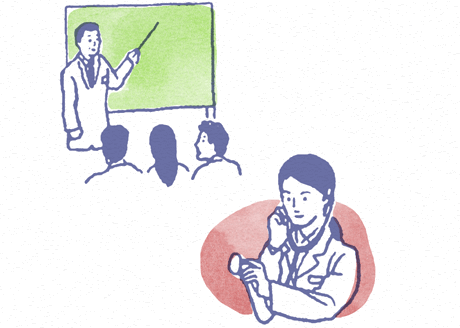
1.The environment surrounding workers

In line with changes in social conditions, the workplace environment has undergone significant changes.
Some environments may cause anxiety and tension for workers.
2.The need for mental health care in the workplace
Under these circumstances, an increasing number of people are taking a leave of absence for mental health reasons.
A leave of absence may increase the burden on coworkers.
This can lead to a vicious circle that results in more people with mental health problems.
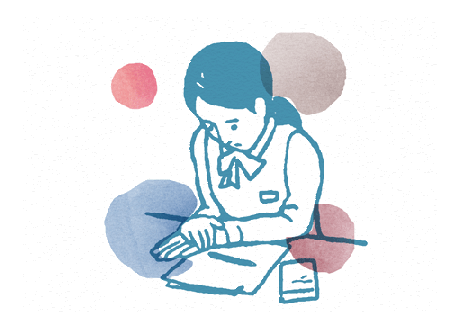
1.What are mental health problems?
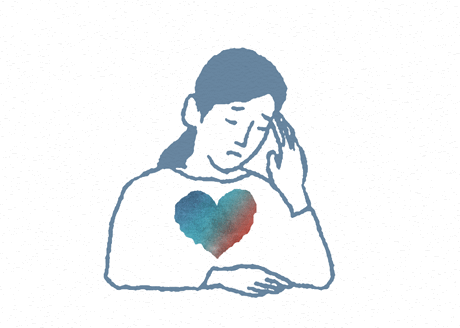
According to the guidelines of the Ministry of Health, Labour and Welfare, mental health problems are "problems that include a broad range of mental and behavioral problems, which may affect worker's physical and mental health, social life, and quality of life, such as mental disorders, which are classified as mental and behavioral disorders, as well as suicide, stress, intense worry, and anxiety."
(Depression is also included in mental and behavioral disorders.)
2.Misconceptions about mental health problems
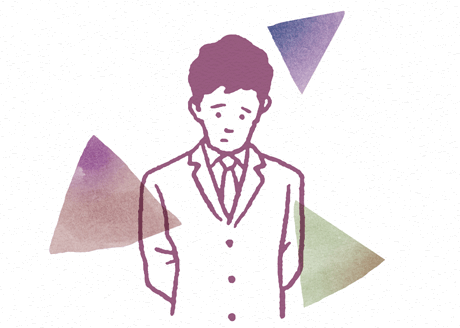
People with mental health problems are often considered as being "mentally weak," "lazy," "spoiled," or "people who will get better with a little rest," or "people to whom it is hard to delegate tasks even if they return to work." These are misconceptions.
3.Mental health problems can come to anyone
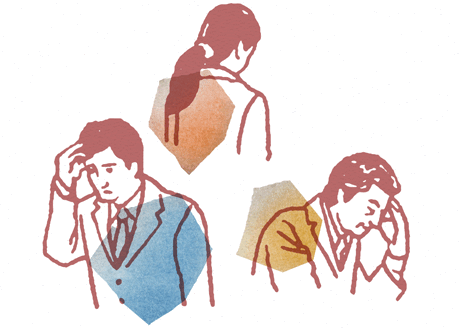
Mental health problems can come to anyone in an overstressed situation. It does not matter if you are mentally strong or weak.
Mental health problems can come to you too.
4.Recognizing and dealing with mental health problems
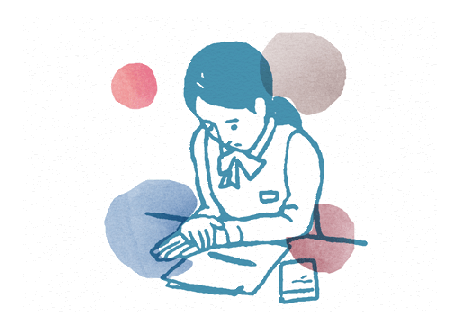
There are three keys to prevention.
1. Improve stress awareness
Make it a habit to look at your stress objectively.
2. Deepen your understanding of mental health
To understand mental health problems, learn about mental health through booklets and online articles.
3. Get a consultation
Have someone to listen to you. Know that there are many people with whom you may consult.
5.No abnormality is detected by a doctor, but for some reason you feel pain
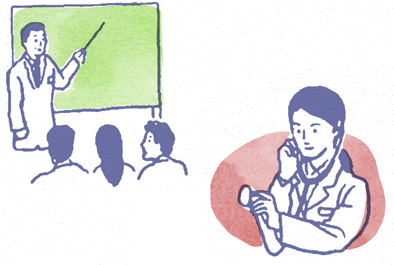
Some of you may have had the experience of taking leave due to a frequent headache or stomach pain, and so have visited a medical institution but been unable to find the cause.
In this case, you are possibly suffering from mental health problems.
It is a good idea to consult with a specialist (industrial physician, public health nurse, etc.) at the workplace.
If you do not have an in-house health professional, consult an external advisor or a specialist (psychiatrist/psychosomatic advisor).
6.If you have mental health problems
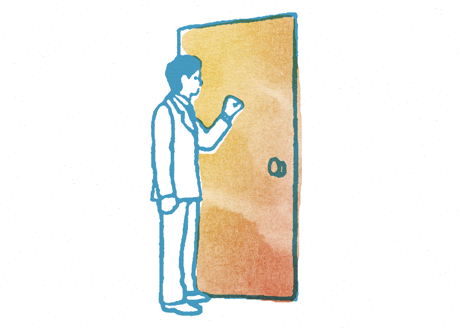
These consultation services are available.
Specialized consultation organizations and advisors (Japanese) National medical institutions (Japanese) "Ears of the Heart" for working persons (Japanese)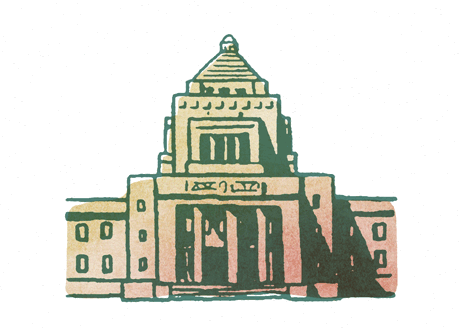
1.The number of suicides in Japan
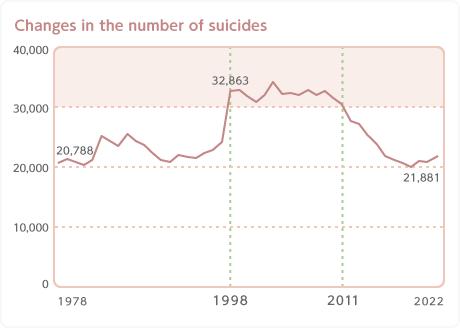
In Japan, suicides exceeded 30,000 for 14 consecutive years from 1998 to 2011. Although the number has fallen below 30,000 since 2012, there are still many deaths due to suicide. In 2022, about 39% of the people who died by suicide were working persons.
Suicide is no longer a personal problem, and developing suicide prevention measures is also a significant issue for society.
The national government also established the Basic Act on Suicide Prevention in 2006 and is taking measures.
2.Suicide prevention measures in Japan
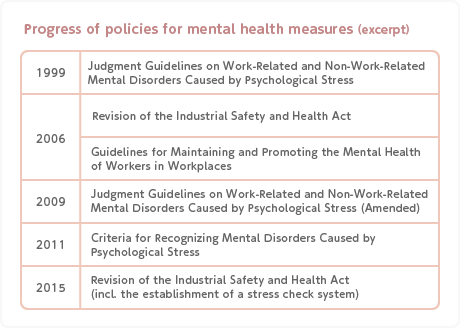
Therefore, the Ministry of Health, Labour and Welfare has taken these measures and has taken mental health measures for suicide prevention.
Major progress of national government policies for mental health measures (Japanese)3.We are promoting mental health care throughout the country
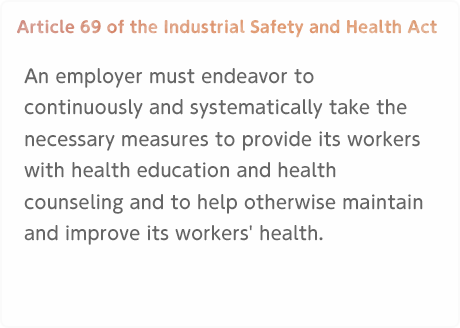
The Ministry of Health, Labour and Welfare has established the Guidelines for Maintaining and Promoting the Mental Health of Workers (Mental Health Guidelines; formulated in March 2006) and promotes workplace mental health measures based on Article 69 of the Industrial Safety and Health Act.
4.Four types of care
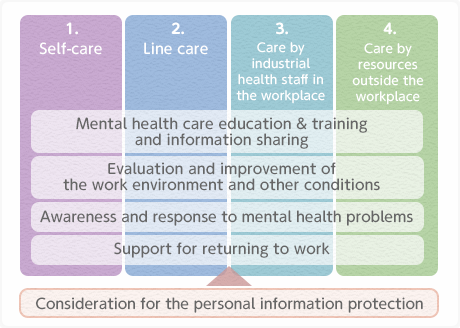
It is practical to have these four types of care function as one system in the workplace, as stipulated in the Guidelines for Maintaining and Promoting the Mental Health of Workers.
In this course, you have learned about self-care among these four types of care.
This is the end of Understanding Self-Care in 15 Minutes.
Thank you for learning with us.









